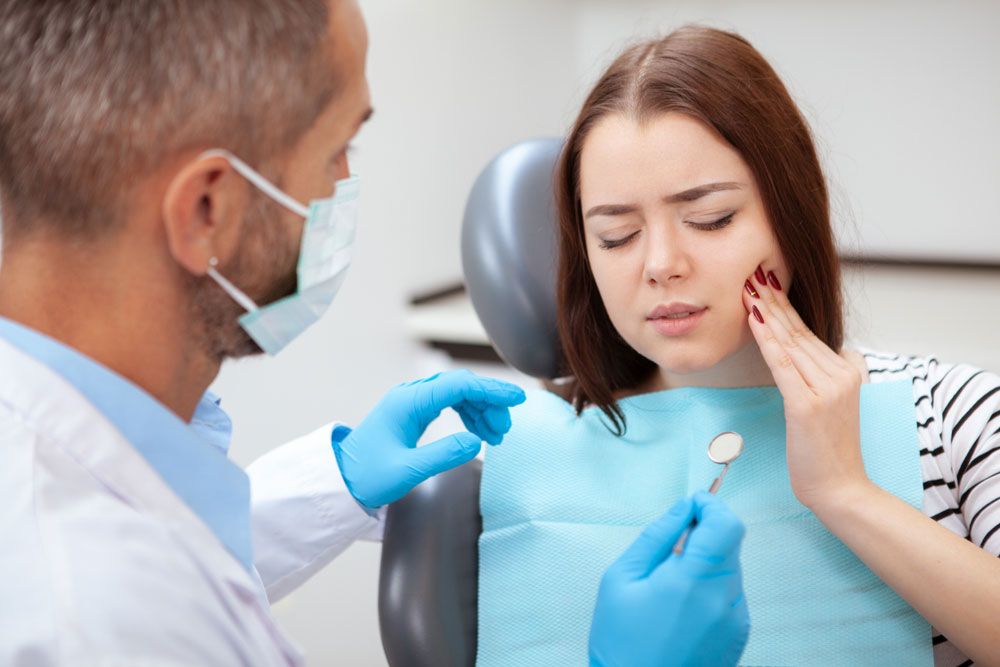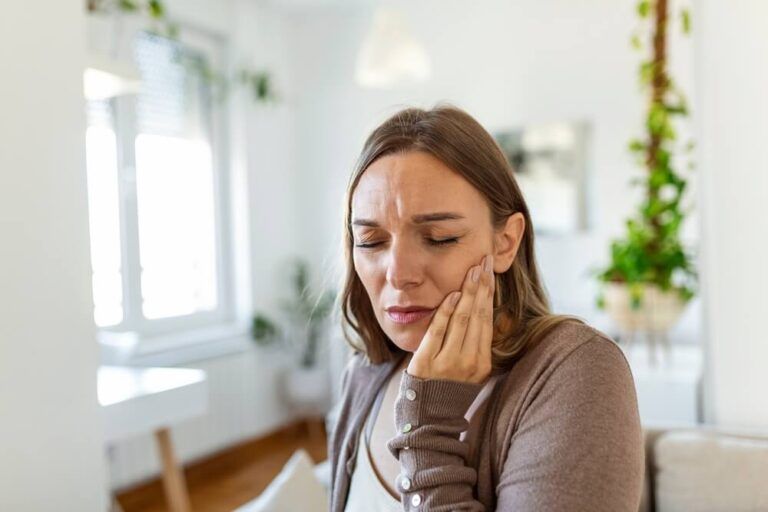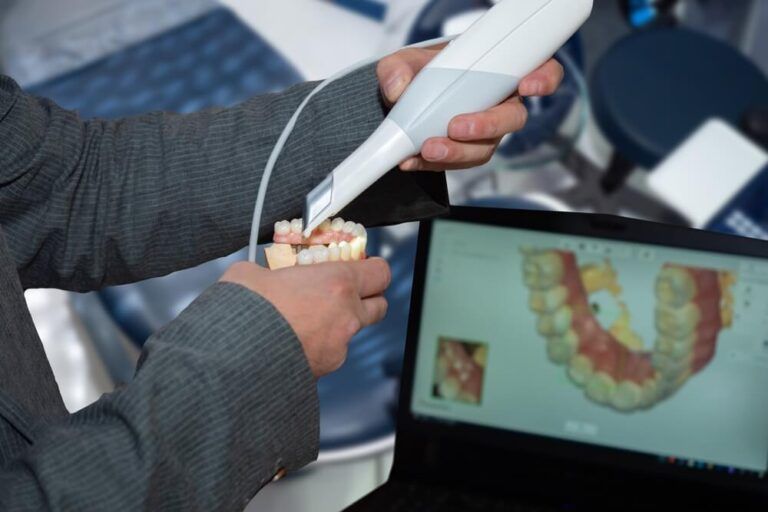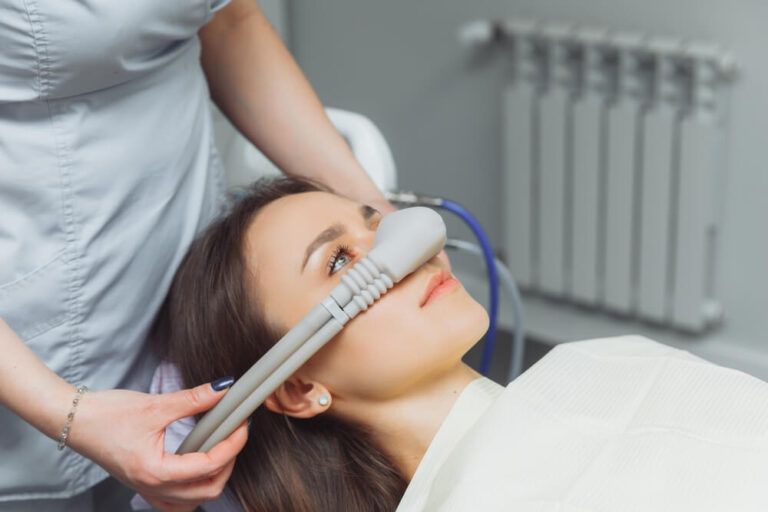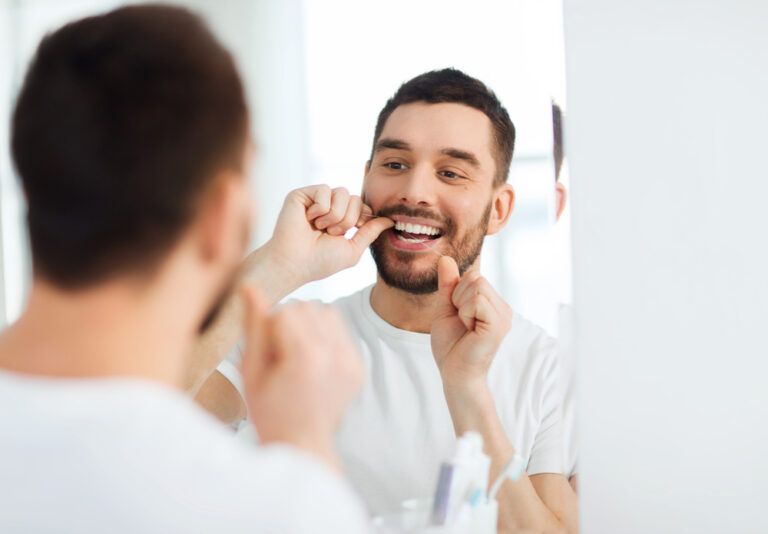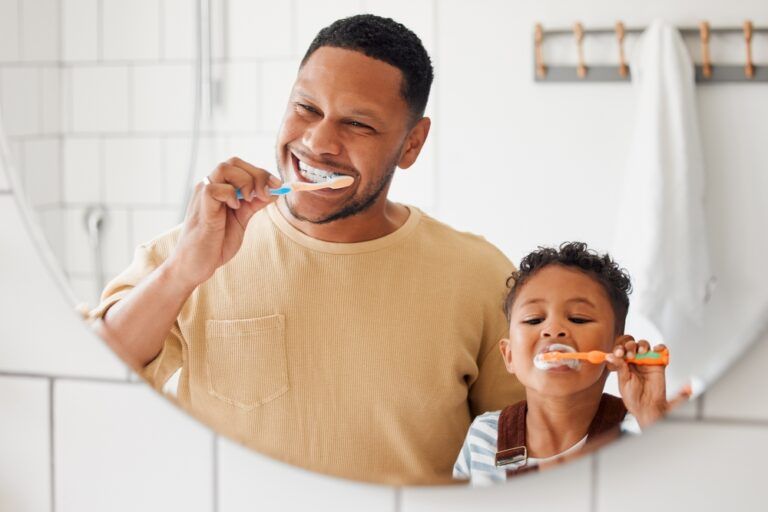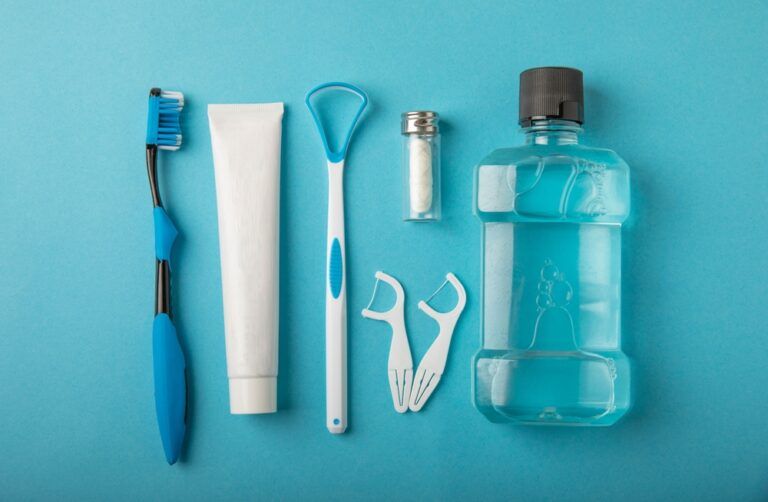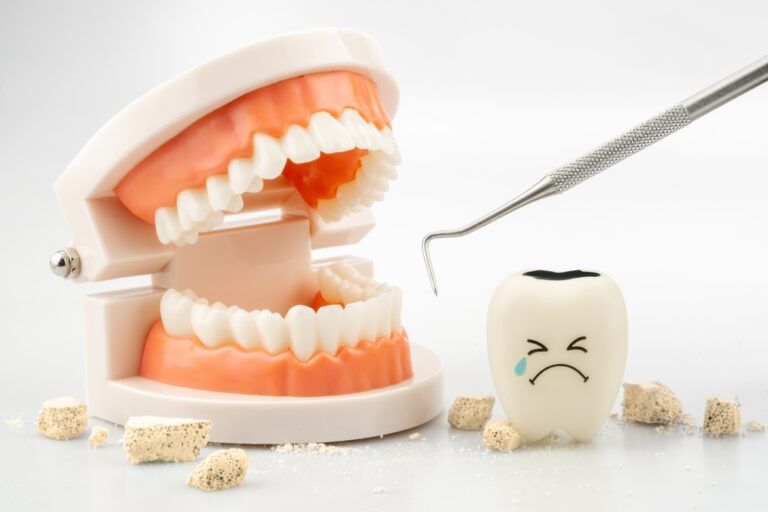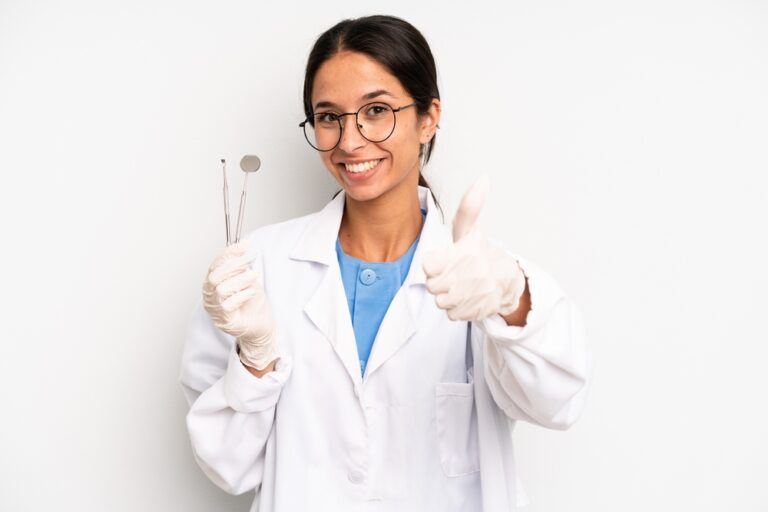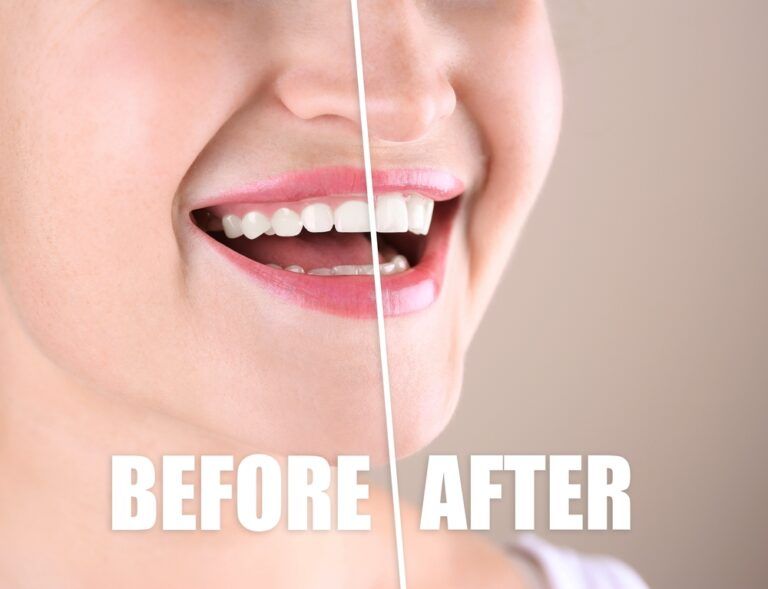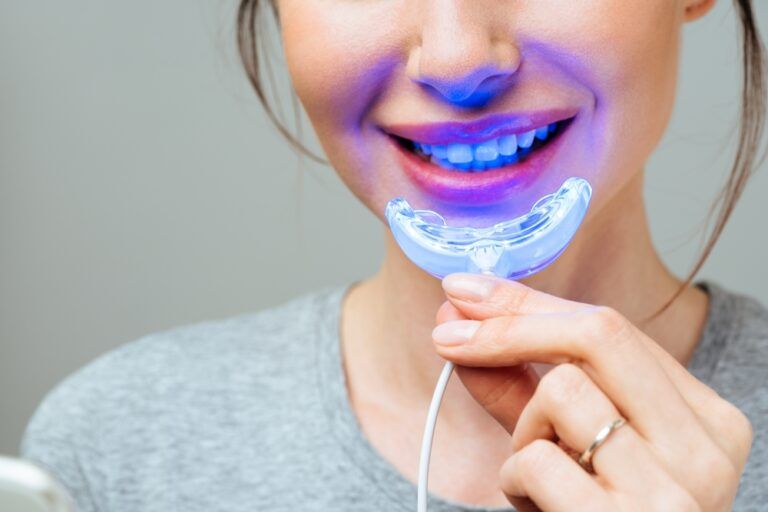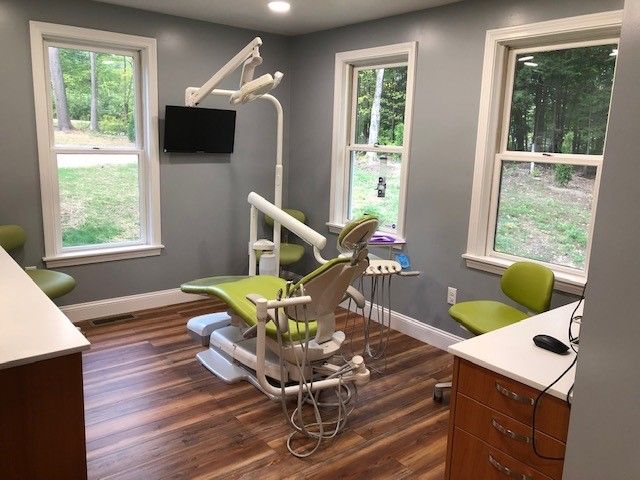Losing a permanent tooth can be an alarming experience, whether it happens through an accident, sports injury, or biting into something unexpectedly hard. While it is certainly a dental emergency, quick and careful action can sometimes save the tooth. Dr. Esin Narli and the team at Weare Family Dentistry in Weare, NH, are committed to educating patients on what to do in such emergencies. Knowing the correct steps could mean the difference between saving and losing your tooth permanently.
Understanding the Importance of Immediate Action
When a tooth is knocked out, timing is critical. The cells on the root surface are sensitive and can survive for only a limited time outside the mouth. If reimplanted promptly—ideally within 30 minutes—the chances of saving the natural tooth are significantly higher. If the tooth dries out, these vital cells die, making it much harder or impossible to successfully reattach the tooth.
Even though it’s a stressful situation, staying calm is important. Panicking can lead to mistakes that may decrease the chances of a successful recovery. Handling the tooth properly, preserving it correctly, and seeking immediate dental attention are the three pillars of good outcomes in dental avulsion cases. Dr. Narli emphasizes that the sooner you can get to the dental office, the better your chances are of saving the tooth.
First Steps After Losing a Tooth
If you or someone you are with loses a tooth, the first step is to locate it quickly. Handle the tooth only by the crown—the white part that’s normally visible in the mouth. Avoid touching the root, as it contains fragile cells necessary for reattachment. If the tooth is dirty, gently rinse it with milk or saline solution. If these are unavailable, use water briefly, but do not scrub the tooth or use soap.
Once rinsed, try to reinsert the tooth gently into its socket. Face it the right way and press it in gently with your fingers or by lightly biting down on a clean piece of cloth or gauze. If reinserting is not possible, keeping the tooth moist is essential. Place it in a container of milk, saline solution, or even inside your cheek if you’re able to without swallowing it. Avoid wrapping the tooth in paper towels or dry tissues, as dryness will quickly kill the root cells.
How a Dentist Can Help Save the Tooth
Upon arriving at the dentist’s office, quick action will continue. Dr. Narli will assess the condition of the tooth and surrounding tissues. If conditions are favorable, she may be able to reimplant the tooth and splint it to adjacent teeth to hold it in place while it heals. You may also need a root canal, depending on the stage of the tooth’s development and how long it was outside the socket.
If saving the natural tooth is not possible, Dr. Narli will discuss excellent replacement options such as dental implants, bridges, or partial dentures. These options not only restore your smile’s appearance but also maintain functionality and prevent bone loss in the jaw. At Weare Family Dentistry, patients are guided through every step of the recovery and restoration process with personalized care and support.
Tips for Preventing Tooth Loss
While accidents happen, there are preventive measures you can take to minimize your risk of tooth loss. Wearing a custom-fitted mouthguard during sports activities significantly lowers the risk of dental injuries. Avoiding biting down on hard foods like ice, hard candies, or popcorn kernels also reduces the chances of breaking or losing a tooth.
Maintaining good oral hygiene strengthens teeth, making them more resilient to trauma. Routine checkups allow dentists to monitor your oral health and spot potential problems before they lead to emergencies. Dr. Narli encourages all her patients to maintain regular dental visits at Weare Family Dentistry to keep their smiles strong, healthy, and protected against the unexpected.
Resources
Trope, M. (2011). Avulsion of Permanent Teeth: Theory to Practice. Dental Traumatology.
Andersson, L. (2013). Guidelines for the Management of Traumatic Dental Injuries: Avulsions. Dental Traumatology.
Blomlöf, L., & Otteskog, P. (1980). Viability of Periodontal Ligament Cells After Storage of Monkey Teeth in Milk or Saliva. Scandinavian Journal of Dental Research.


